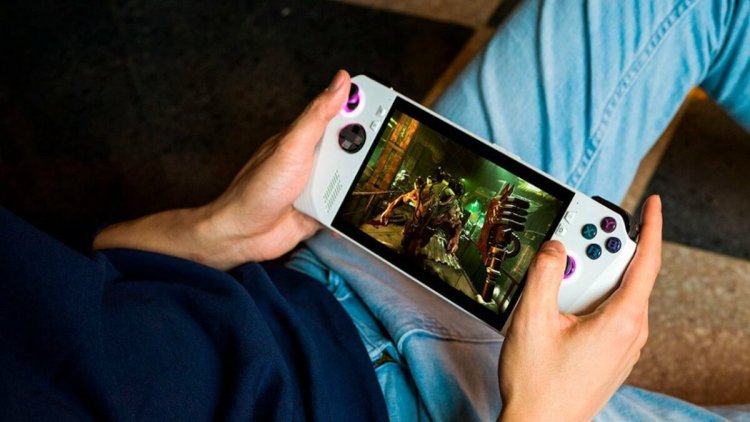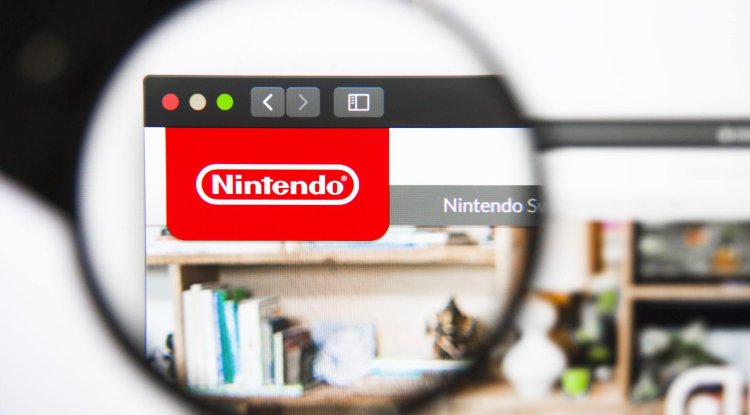Introduction to Asus ROG Ally: A Major Player Enters the Handheld Gaming PC Arena
Asus, a leading name in the PC hardware market, has stepped into the handheld gaming PC world with the ROG Ally. This move comes as smaller brands have already initiated the handheld gaming PC trend. The question now is whether Asus can leverage its industry clout to mainstream these devices, following in the footsteps of Valve's Steam Deck.

Design and Aesthetics: The Gamer's Companion
The Asus ROG Ally, with its bold gaming-centric design, features dual analog sticks, sharp corners, speaker grilles, RGB elements, and holographic ROG logos. Despite its flashy appearance, the design maintains comfort and usability. The device’s build quality is impressive, feeling sturdy and well-constructed in hand. However, the choice of a white color, which could yellow over time, might detract from its appeal in the long run.
Internal Build and User Accessibility
Under the hood, the ROG Ally is easily accessible for upgrades, boasting a red PCB, a 40Wh battery, a dual-fan cooling setup, and a 512GB PCIe Gen4 NVMe SSD. The ease of replacing the internal SSD is a commendable feature, especially when compared to competitors like the Steam Deck.
Form Factor and Ergonomics: Comfort in Gaming
Weighing just 1.34 pounds and featuring a slim profile, the ROG Ally is designed for comfort and portability. Despite its manageable size, the ergonomics of the device could be improved with thicker grips for better handling during extended gaming sessions.
Packaging and Additional Perks
The ROG Ally comes with a 65W charger, a stand, and multiple documentation booklets, along with a software bonus of a three-month Xbox Game Pass Ultimate subscription. These add-ons enhance the out-of-the-box experience for users.
Technical Specifications: Power in Hand
At a retail price of $700, the ROG Ally boasts a 7-inch 1080p screen, an eight-core Zen 4 CPU, a 12-CU Radeon 780m iGPU, a 512GB NVMe SSD, and 16GB of dual-channel memory. These specs position the ROG Ally as a powerful contender in the handheld gaming PC market.
Ergonomics and Handling: A Mixed Bag
The ROG Ally's design, while sharp and edgy, does not compromise on ergonomics. The device remains comfortable to hold for prolonged periods, with a weight distribution that avoids the need for frequent adjustments. However, the placement of paddle buttons and the thickness of the grips leave room for improvement.
Control Inputs, Audio, and Connectivity: Comprehensive but Not Flawless
The ROG Ally features a standard set of gaming controls, including analog sticks, face buttons, and shoulder buttons. While the analog sticks offer comfort, their build quality feels somewhat lacking compared to other premium controllers. The placement of certain buttons may also be inconvenient for some users.
SD Card Reader: A Troublesome Component
One significant issue with the ROG Ally has been the malfunctioning SD card reader, which has reportedly damaged several users' memory cards. Despite Asus's acknowledgment and a BIOS update to address the problem, the issue persists, casting a shadow over the device's reliability.
Display: A Visual Treat
The 7-inch, 1080p IPS touchscreen display is a high point of the ROG Ally, offering excellent brightness, color accuracy, and a smooth 120Hz refresh rate. However, its glossy surface is prone to fingerprint smudges, requiring frequent cleaning.
Software Experience and Performance: Windows 11 Woes
While the hardware of the ROG Ally impresses, its software experience is hampered by Windows 11's lack of optimization for handheld devices. The pre-installed bloatware and the cumbersome process of navigating the Windows UI with a touchscreen and analog sticks detract from the user experience.
Thermals and Battery Life: An Evolving Scenario
Initial thermal performance issues were significantly improved with a BIOS update, showcasing Asus's responsiveness to user feedback. However, the device still faces challenges in maintaining optimal temperatures during intense gaming sessions.
Comparing Asus ROG Ally and Steam Deck
In the handheld gaming PC market, the ROG Ally faces stiff competition from Valve's Steam Deck. Each device has its strengths and weaknesses in terms of size, ergonomics, and comfort. The choice between the two largely depends on the user's specific needs and preferences.
Value Proposition: Weighing the Pros and Cons
While the ROG Ally excels in build quality, display, and hardware, it is marred by issues such as the problematic SD card reader and the suboptimal software experience. The pricing of $700 places it in a competitive position, but potential buyers must weigh these factors carefully.
Conclusion: A Promising but Flawed Contender
The Asus ROG Ally stands as a testament to the potential of handheld gaming PCs, showcasing impressive hardware and design. However, its shortcomings, particularly the SD card reader issue and the software experience, prevent it from being a wholehearted recommendation. If Asus can resolve these problems, the ROG Ally could very well redefine the handheld gaming PC market. Until then, it remains a "nearly there" product in a rapidly evolving sector.





































